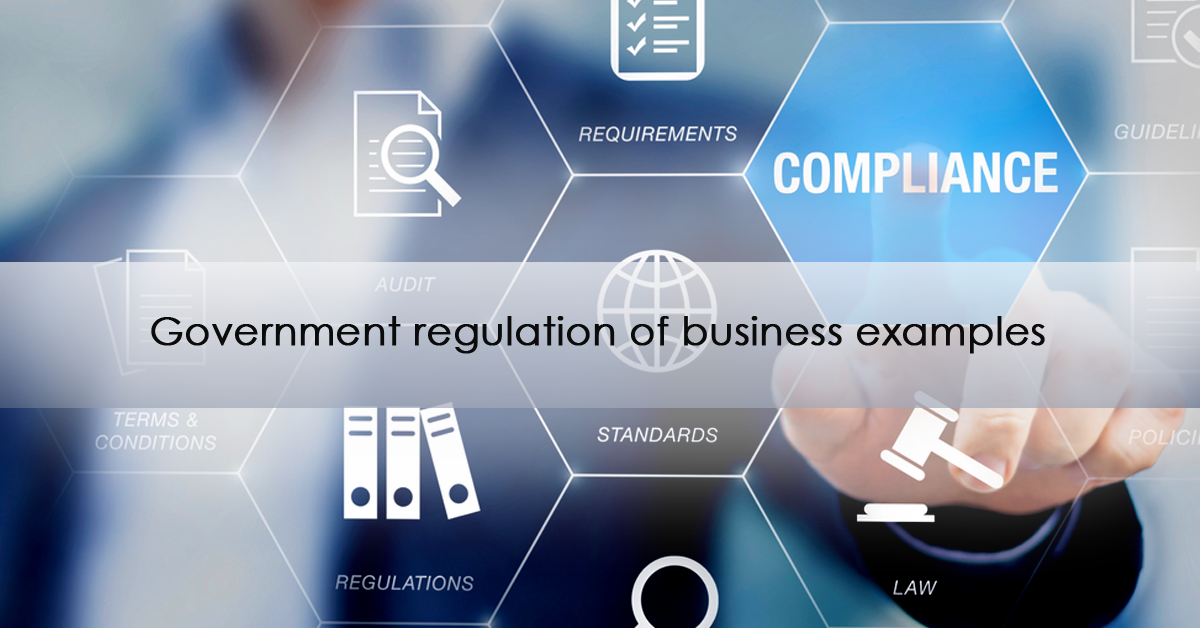Vice Adm. Frank Whitworth officially assumed leadership of the National Geospatial-Intelligence Agency at a ceremony held Friday at NGA’s headquarters in Springfield Virginia.
He succeeds Robert Sharp, who has led the agency since February 2019 and retired after 33 years of military and federal service, NGA said Friday.
President Biden nominated Whitworth, formerly the director of intelligence at the Joint Chiefs of Staff, in January to serve as the eighth NGA director and the Senate approved his nomination in early February.
“In lockstep with our global GEOINT partners, we will continue to deliver “GEOINT advantage” to every echelon – from strategic decision-makers to our forces at the tactical edge,” Whitworth said.
Executive Mosaic recognized Whitworth in this year’s Wash100 list of government and industry leaders of consequence who drive government contracting activity.
Robert Sharp was selected to the premier group of GovCon’s most influential figures in 2019 and 2020.














